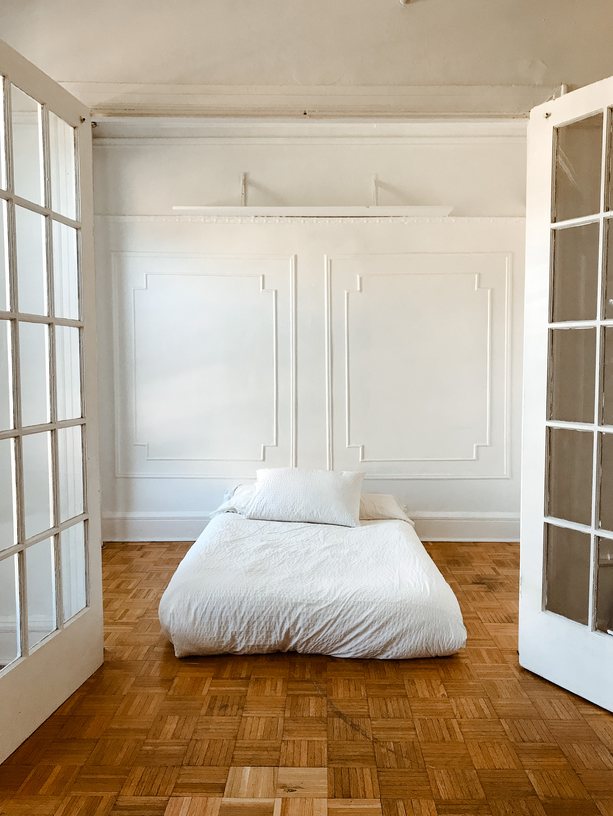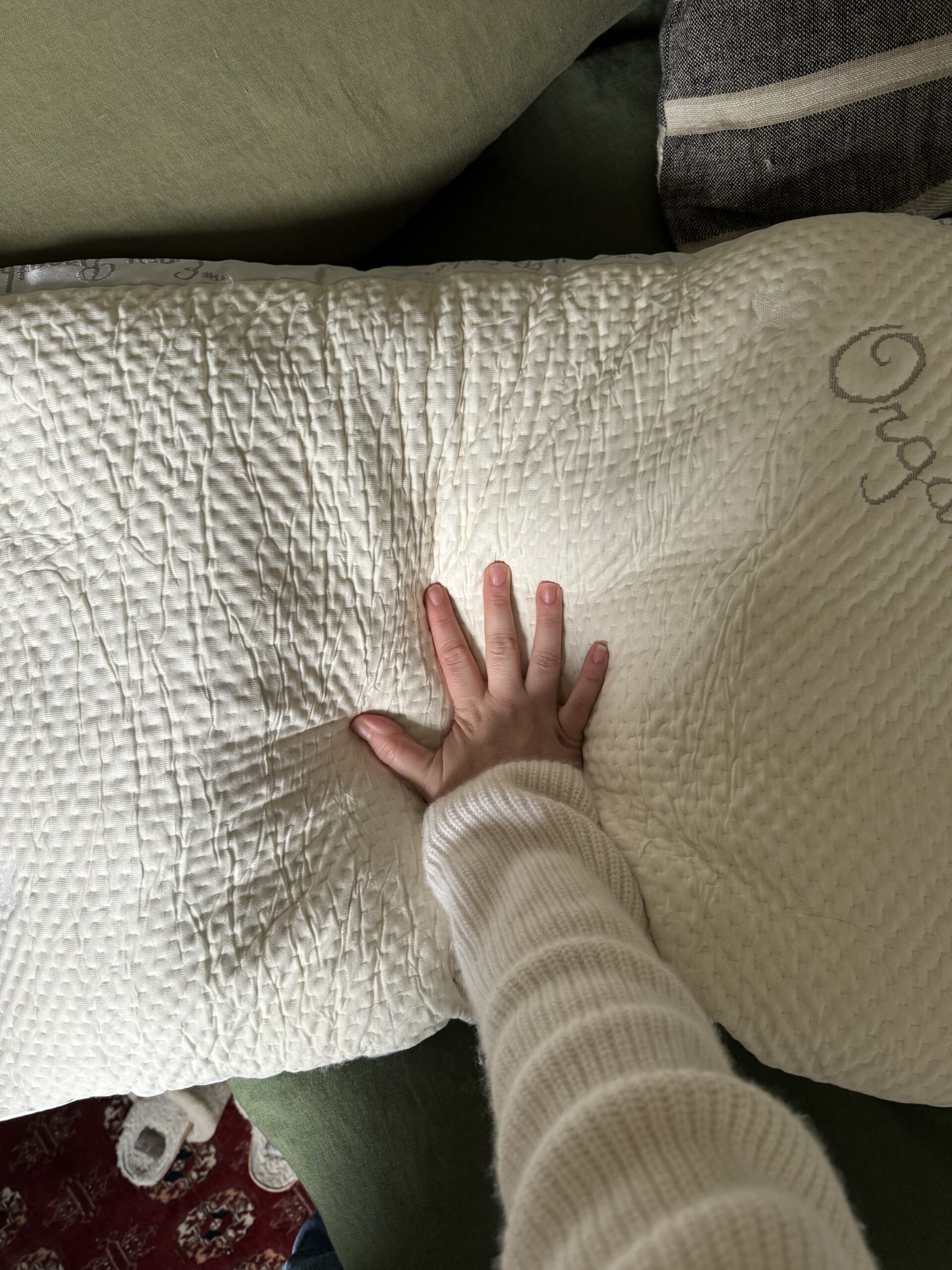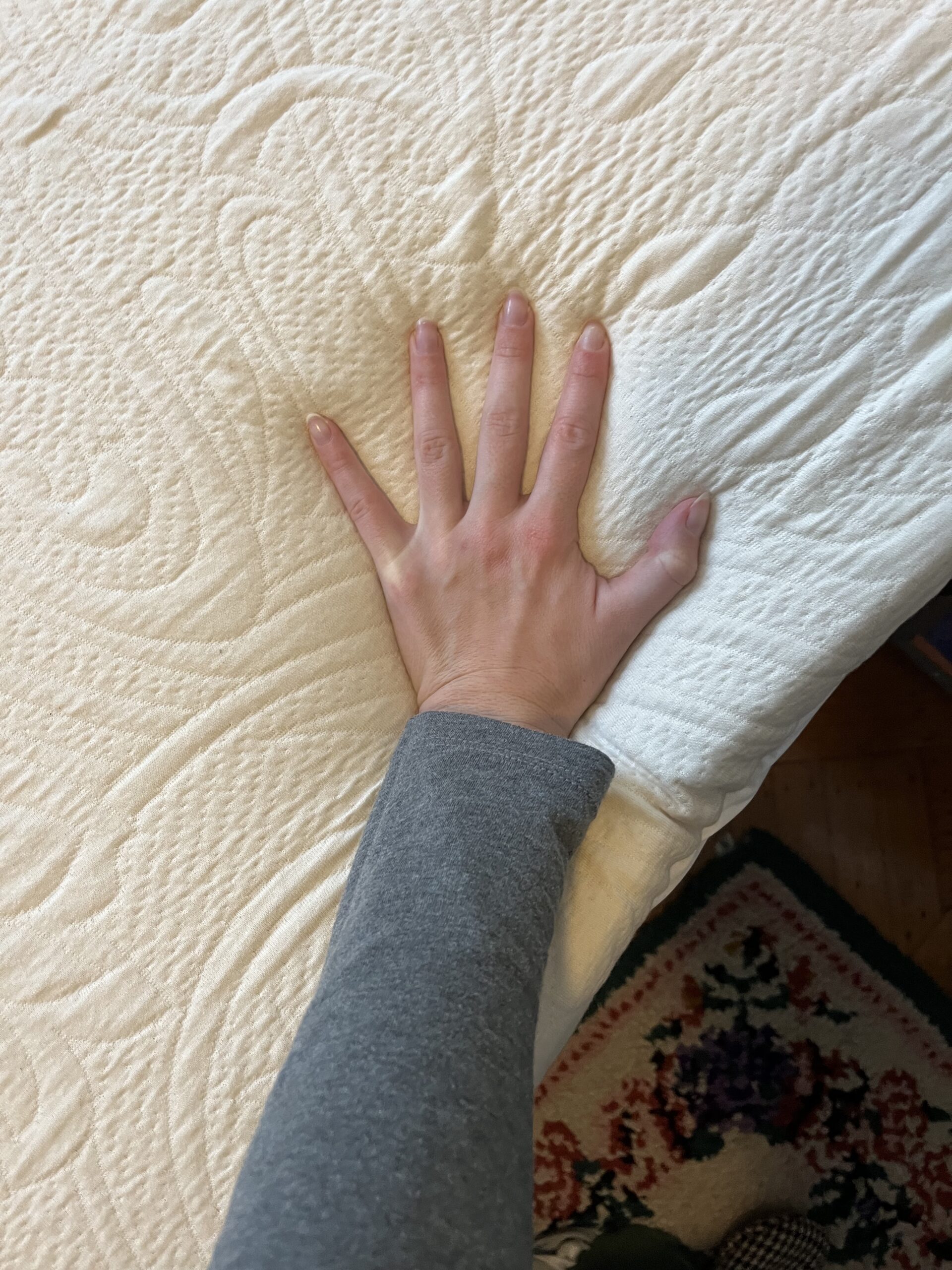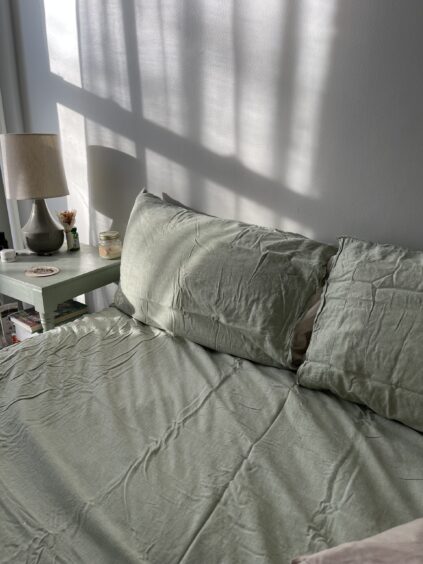
What Is A Chronotype And How Do I Find Mine?
Confession: I do not like to sleep. And I’ve never followed a consistent sleep schedule. As a teenager, I hated going to bed but was excited to get up and start my day before the rest of the household. As an adult, I must drag myself to bed, even when I am drained, and know I could really use some rest. I fall asleep quickly, but I am roused by a pin drop. Thankfully, the littlest bit of shut-eye allows me to wake up before my alarm starts screaming. Most days, I feel rested enough to thrive until early afternoon, when I often doze off at my computer.
My husband, however, hops on his computer at 9:30 p.m. and busts out a few hours of work before casually strolling to bed at a reasonable-ish hour. He’s pretty much able to sleep through anything. He’s slow to rise (except for fishing or vacations) and has consistent energy throughout the day. He even runs in the evenings when he gets home from work, right about when I’m trying hard to drum up the energy to make dinner.
“Our individual need for Zzzs and daily productivity windows represent our chronotypes — or ingrained sleep and wake patterns.”
Our marital sleep differences and daytime energy levels aren’t simply a result of our parents’ imposed childhood sleep schedules or even some poor collegiate habits. Nope. Our individual need for Zzzs and daily productivity windows represent our chronotypes — or ingrained sleep and wake patterns. Turns out my husband is a Bear, and I am a Dolphin…more on those labels later.
What Is a Chronotype?
When someone refers to themselves as an “early bird” or “night owl,” they are referring to their chronotype — they just might not know it.
“When someone refers to themselves as an ‘early bird’ or ‘night owl,’ they are referring to their chronotype — they just might not know it.”
Although chronotypes could be considered a close relative to a circadian rhythm, when it comes to sleep talk, the terms chronotype and circadian rhythm are not interchangeable. Environmental factors like noise and light can influence circadian rhythms (this is why we put newborns near bright windows during the day and keep our bedrooms dark and quiet at night). Our circadian rhythms can also be adapted and trained to a necessary sleep schedule — like for doctors, nurses, first responders, and other shift workers who may be required to take overnight shifts.
Our chronotypes, on the other hand, are attributed to genetics and are nearly impossible to adjust. That’s not to say we are born with a chronotype that will never change. From birth through our teens, we move through chronotype phases, suggesting that our age also plays a role in which chronotype we are. There’s even been talk that geographical location may also influence a person or population’s chronotype due to variances in daylight hours and equatorial proximity. Our chronotype is, however, said to become stable in our early 20s and stay put for 30 to 40 years until our mid-to-late 60s when it reverts backward.
“Knowing your chronotype can also help to guide the best times to conduct certain activities throughout the day — from intimacy to exercise.”
Why does this all matter? Identifying your chronotype when it is in the stable period and learning to work with it instead of against it offers powerful biohacking insights on how to get the most restorative sleep. Knowing your chronotype can also help to guide the best times to conduct certain activities throughout the day — from intimacy to exercise.
“If you understand what your chronotype is, then you know what your hormone schedule is, which becomes critically important to any and all activities that you do throughout the day,” says Dr. Michael Breus, double board-certified clinical psychologist and clinical sleep specialist, and author of “The Power of When,” a book on discovering your chronotype and making it work for you.
What Are the Different Chronotypes?
While we lay folk have been under the impression that there were only two categories — morning person or night person — there may be up to six identifiable chronotypes (and even more with various models and classifications). For this piece, I focused on the four most popular chronotypes proposed by Dr. Breus, who named the types based on the sleep patterns of lions, bears, wolves, and dolphins.
Lions
In the wild, lions love to sleep but are known to be early-morning hunters. As a chronotype, Lions are the early-to-bed, early-to-rise people, otherwise known as “early birds.” Lions make up 20 percent of the population and are high-energy go-getters who like being active in the wee hours of the morning, whether to get to work or to exercise. But don’t expect a Lion to attend a late-night dinner party. They crave an early bedtime. This study indicates Lions tend to do better academically than other chronotypes. According to Dr. Breus, Lions are also often into health and fitness. Lion chronotypes can be over-achievers who like to be the best at everything. They also tend to make good leaders.
The Ideal Time For Lions To…
- Sleep: 9 p.m.–5 a.m.
- Exercise: Early morning
- Caffeine intake: Approx. 90 minutes after waking
- Most productive: Before noon
Bears
Bears are the most common chronotype and aren’t considered early risers or night owls. They fall somewhere between. Bears are deep sleepers in the wild and, besides during hibernation, they can be active all day. Bear chronotypes may be a little grumpy in the morning. Still, they have plenty of energy for daytime activities once they emerge from the grogginess and are generally up for nighttime activities. A 9-to-5 work schedule was made for Bear chronotypes. Bears do need a solid eight hours or more of shut-eye to maintain energy levels and still may never feel like they get enough sleep. According to Dr. Breus, these people “get the work done” and are likable, extroverted, and friendly — avoiding conflict when they can.
The Ideal Time For Bears To…
- Sleep: 10 or 10:30 p.m.–7 or 8 a.m.
- Exercise: Lunchbreak or early afternoon
- Caffeine intake: Stop by 2 p.m.
- Most productive: Late morning
Wolves
Chrono Wolves are night owls, making up approximately 15–20 percent of the population. Wolves are the more nocturnal folk, who get into their groove between noon and 4 p.m. but get a burst of energy during evening hours, go to bed late, and can easily sleep until noon the next day when allowed that luxury. According to Dr. Breus, Wolves tend to be late-night creatives who think outside the box and get the work done while others sleep. Like their wild counterparts, Wolves are often introverted problem solvers who tend to keep to themselves but are open to taking risks.
The Ideal Time For Wolves To…
- Sleep: Post-midnight–between 7:30–9 a.m for standard work days (between 10 a.m–noon otherwise!)
- Exercise: Late afternoon into evening
- Caffeine intake: Limit caffeine to 1x/day on the earlier side
- Most productive: Late afternoon–early evening (Focus on mundane busy work until at least noon)
Dolphins
Dolphins are the rarest and most complicated chronotype, making up approximately 10 percent of the population. In the wild, dolphins sleep with one half of their brain at a time, so most Dolphin chronotypes struggle to “turn it off” and to find a healthy sleep pattern. Dolphins are often described as introverted, intelligent, and thoughtful but also anxious and high-strung. They may possess a strong work ethic and great attention to detail but, on the flip side, are sensitive sleepers — even insomniacs at times. Dolphins are early risers but don’t usually wake up with much energy. They would benefit from a pre-bed yoga or meditation sesh to quiet their thoughts.
The Ideal Time For Dolphins To…
- Sleep: 11:45pm–6:15am
- Exercise: In the morning for a boost of energy and to focus thoughts
- Caffeine intake: Avoid caffeine after noon and stimulants of any kind in the evening
- Most productive: Approx. 10 a.m.–2 p.m. Would benefit from an early afternoon power nap!
Which Chronotype Am I?
The first step to finding your chronotype is to think about your sleep patterns and energy levels throughout the day. When are you most alert? Energetic? Tired? When do you get your best work done?
“The first step to finding your chronotype is to think about your sleep patterns and energy levels throughout the day.”
Some people find it obvious which chronotype they fit just by reading the descriptions. But if that is not you, there are other ways to solidify which chronotype category you fall into. Sleepdoctor.com offers an online quiz that is short and free. There is a more involved questionnaire here: the Munich Chronotype Questionnaire (MCTQ). You could also find a local sleep lab to help where they can monitor your temperature over a period of time to tune into your body’s subtle clues.
If you have or are willing to invest in a wearable monitoring device, you can gain valuable insight into your sleep patterns. After 90 days of tracking your sleep, an Oura Ring will estimate your chronotype and suggest your ideal sleep schedule.
It’s important to note you don’t need to fit 100% of the characteristics of the chronotype to be considered one of them. According to Dr. Breus, if you meet 60 to 70 percent of the attributes of a single chronotype, there is a high probability you are that chronotype.
After taking the online quiz, I was placed in the Dolphin category. I disagreed initially because I don’t have ALL the tendencies of a Dolphin; while I hate to sleep, I recognize I still need it, and I wake up pretty darn rested. I have never been an insomniac and can get to work as soon as I finish my morning routine. Nevertheless, Dolphin is a pretty good fit.
“While these chronotype outlines can be helpful guides, they are not the final word on a schedule best for you.”
If you take the same quiz and still don’t agree with the results, Dr. Breus recommends putting yourself on a consistent sleep schedule for at least two weeks and then retaking the quiz. During this time, he also recommends not eating two hours before bed and avoiding any caffeine after 2 p.m. Don’t stress if you aren’t a fan of your chronotype or are a Dolphin in a house full of Bears (I’m pretty sure that’s me). While these chronotype outlines can be helpful guides, they are not the final word on a schedule best for you.
Focus on a few key takeaways that could be helpful no matter what chronotype you are:
- A consistent sleep schedule, even on weekends, will help establish healthy sleep habits.
- Creating a dark, cool, noise-free space to sleep and avoiding screentime, strenuous exercise, caffeine, and alcohol close to bedtime are musts.
- Create your own bedtime routine that incorporates meditation, list-making, and journaling before turning in for the night to free your mind if you tend to be anxious about the next day’s to-do list. Although not for everyone, when taken correctly, natural sleep aids can also support a healthy sleep routine.
And if you find yourself struggling to find a good sleep pattern, please seek professional advice from a local sleep clinic.
Randi Donahue is a freelance writer who lives on the Gulf Coast of Florida and is fortunate to live right next to a glorious nature preserve and a few miles from a white sandy beach. She and her family are passionate about nature, health & wellness, and sustainable living and believe the path to a healthy and prosperous life requires authenticity, kindness and a whole lot of fresh air.




